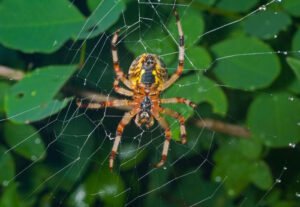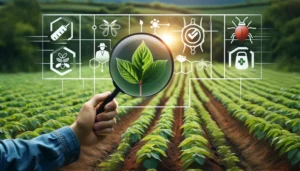Technology is continuously transforming common things around us. Its impact can be seen in almost every aspect of our life. Pest control is one of them too. Smart pest control technologies are on the rise. They are quickly becoming popular due to the advantages they offer over traditional pest control.
Technology-backed modern solutions pest control are more efficient and precise. They have eliminated the hassle of spending hours looking for pests and getting them out of our houses and offices. In this blog, we will look deeper into the rise of smart pest control and some prominent technologies shaping pest control.
Modern Pest Control Technology
Several technological advancements have been introduced in pest control till now. These technologies are already in use and are slowly taking over traditional pest control practices.
Let’s have a look at some of the prominent ones;
IoT- Smart Monitoring Systems
IoT (Internet of Things) in pest control has introduced smart monitoring systems. In this system, microsensors are placed all across your property. These sensors gather data about pest activity and related environmental factors. All the gathered data is then transmitted to a central system. Using this data, the system identifies the type of pest, their potential location, and their active time to set up automatic traps. If any of these traps catches a pest, the system notifies the owner or technician.
Drones
The use of drones has been rapidly increasing in commercial and agricultural pest control. Commercial pest control services use drones for aerial pest inspection of fields and large buildings. Drones are capable of inspecting large spaces in very little time. They are not only used in identifying pest infestations but can also deliver pest control products effectively. Modern drones are also equipped with thermal imaging cameras and other sensors that take pest detection to new heights.
Pheromonal Pest Control
Technology advancements in biological science have introduced artificial pheromones for pest control. These pheromones resemble the original pheromones released by insects. Artificial pheromones can attract, confuse, and disrupt pests by mimicking specific chemical signals. Attracting pheromones are used as bait in traps. While sex pheromones confuse insects and disrupt their mating, stopping their growth in number. Pheromone-based sprays are widely used by home pest control services against mosquitoes, moths, cockroaches, and wasps.
Receptor Interference Devices
Receptor interference devices are one of the recently introduced technologies in smart pest control. These devices create signals that prevent pests from detecting chemical messengers in the environment. In the presence of these devices, insects cannot identify hormones and pheromones that signal them to feed, mate, lay eggs, and do other essential activities. Receptor interference devices hinder the life-sustaining activities of insects leading to their death. These devices are highly specific and can target a single type of pest easily.
Sterile Insect Technique (SIT)
Sterile Insect Technique (SIT) is a pest control technique in which artificially sterilized male insects are released in a pest-infested area. These sterile male insects mate with female insects. The females then lay eggs but they don’t hatch. This controls the rise in number of pests. The concept of STI is similar to Insect Growth Regulators (IGRs). STI is a chemical and radiation-free solution for pest control posing no threat to the environment. That’s why most professional pest control services prefer STI over other modern pest control techniques.
The Future of Smart Pest Control
The future of pest control looks bright with frequent introduction of new technologies. These technologies are not only proving more effective, but they are also making pest control less intrusive. New technologies like genetic engineering and robotics are also making their way into pest control. Commercial pest control services will keep using such technologies along with traditional pest control practices to provide efficient solutions for keeping our houses and offices pest-free.










